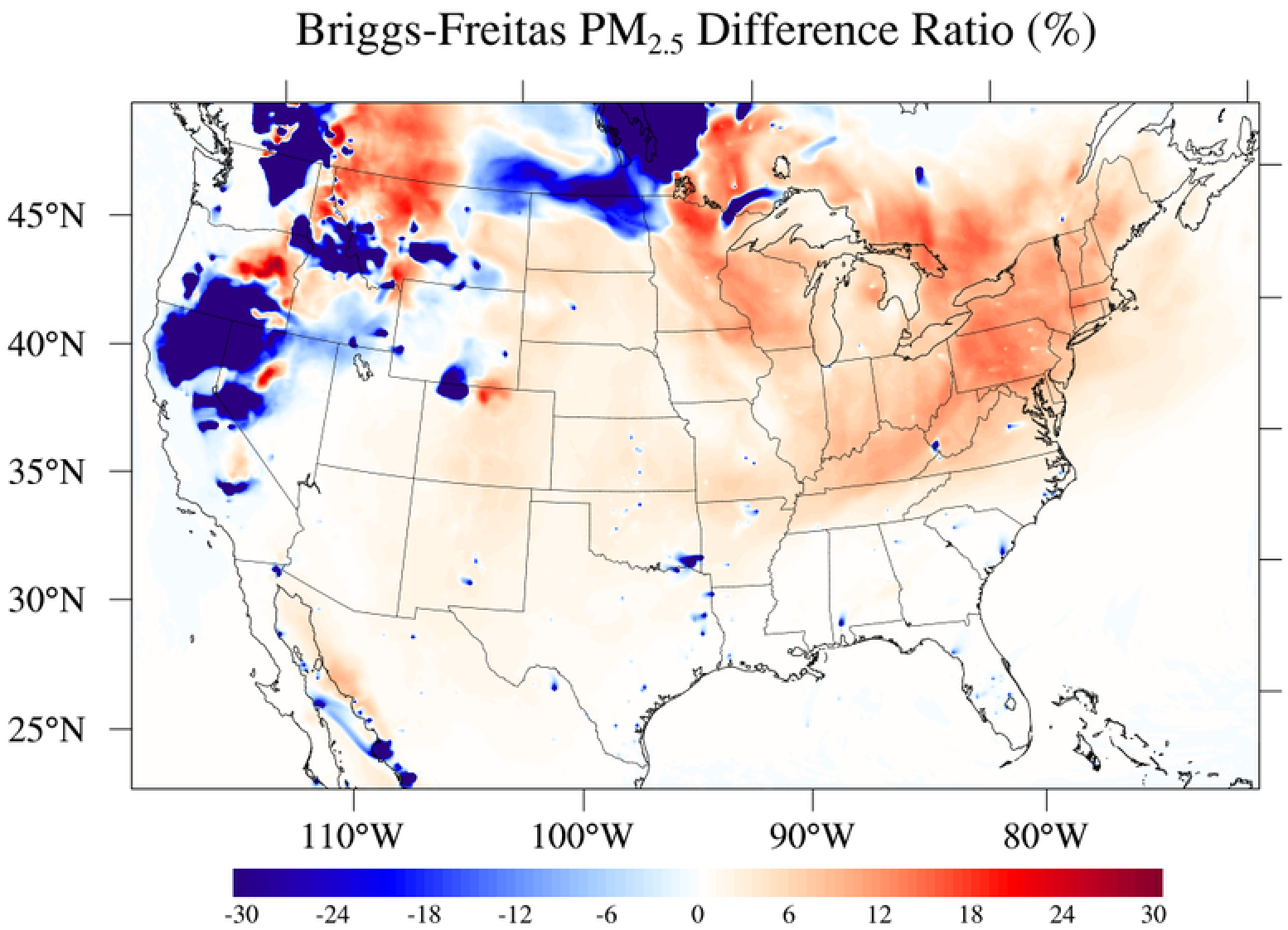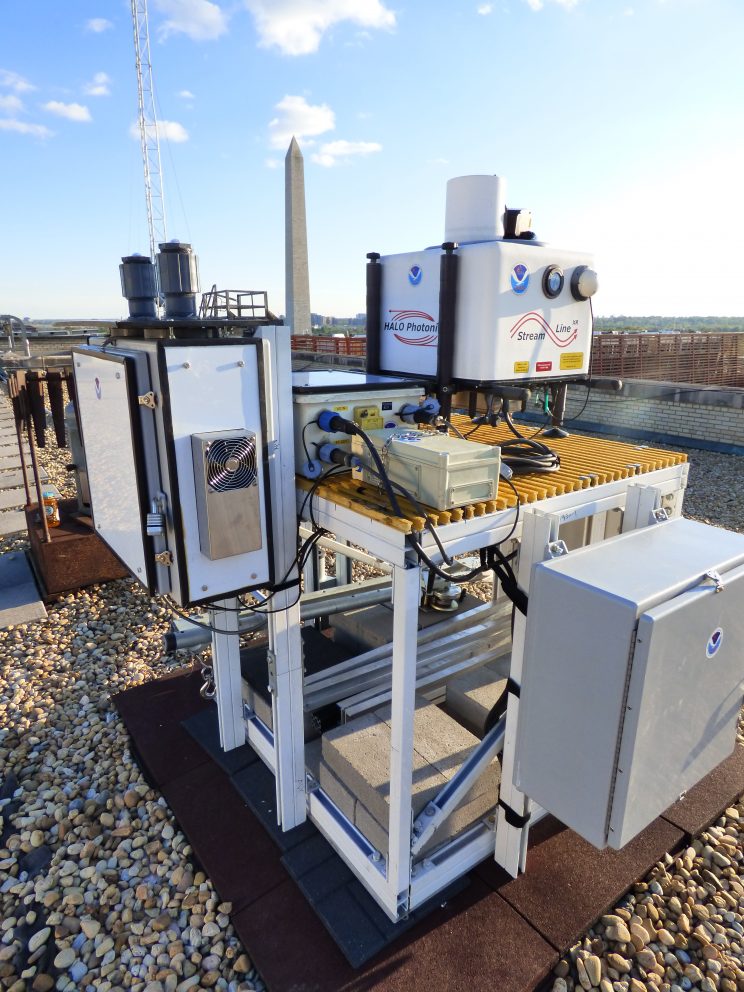ARL Research at AGU 2021 Fall Meeting
The Fall AGU 2021 meeting in New Orleans (as well as virtual) December 13-17, 2021 will host over 25,000 attendees in the geophysics community to share their work and ideas and discuss solutions to the largest challenges facing our planet. ARL scientists will present results of their research in a range of disciplines, from GeoHealth to Hydrology. Some highlights of the talks include:
Daniel Tong will present an invited talk on the Health and Safety Effects of Airborne Dust in the Americas. Daniel will discuss the impact of windblown dust events, which have a comparable mortality rate to weather hazards such as hurricanes, thunderstorms, lightning, and wildfire. Dust events are responsible for 4% of total weather-related fatalities and dust fatalities account for 0.07% of all vehicle accidents in the United States. He will also present latest development of mitigation measures to combat dust storms at regional and international levels in the Pan-American region
Michael Buban, along with Temple Lee and Bruce Baker, will present a talk on Development of Daily-Updating Gridded Soil Moisture Products over the Conterminous US. The authors created a daily-gridded soil moisture product for monitoring and forecasting drought and flood conditions. The tool leverages the US Climate Reference Network (USCRN) to predict soil moisture content based on statistical relationships among precipitation, evaporation, soil/vegetation properties and measured in-situ soil moisture values. The product can predict soil moisture content at grid points that do not have direct measurements, but have similar precipitation, evaporation, and soil/vegetation properties. Bruce Baker will also participate in a Town Hall discussion on The National Coordinated Soil Moisture Monitoring Network: Activities, Priorities, and Future Direction.
Yunyao Li, along with Daniel Tong and Rick Saylor, will describe The impact of different plume rise schemes on wildfire pollution dispersion and downwind PM2.5 exceedance prediction during 2020 and 2021 wildfire seasons. The western United States experienced a record-breaking wildfire season in 2020, degrading air quality in 19 downwind states. In July 2021, the wildfire smoke from northwest Ontario, Canada reached the US East Coast, causing a widespread air pollution episode. To study the impact of different plume rise schemes on wildfire pollution dispersion and downwind PM2.5 exceedance, the GMU-CMAQ air quality system simulated the Aug-Oct 2020 wildfire season and mid-July 2021 wildfire case, to test three widely used plume rise schemes.
Will Pendergrass has an eLightning poster, entitled: Quick Look: NOAA/ARL and NOAA/CSL Urban Observations, Herbert Hoover Building, National Capital Region, April-May, 2021. This presentation provides a quick look at the combination of measurements from ARL’s DCNet Hoover flux station and CSL’s lidar vertical wind profiler. This research is to explore connections between the surface flux tower observations and those obtained from the vertical soundings conducted the lidar.
Posters include:
- Nebila Lichiheb, along with LaToya Myles and Will Pendergrass, will present on Thursday, Dec 16: HA45C-1853- Comparison of DCNet observations and NAM model outputs to quantify the turbulence prediction error over Washington, D.C.
- Temple R Lee, along with Michael Buban, Ed Dumas, TJ Schuyler, and Bruce Baker: A15G-1733 – Evolution of Early Morning Transition Periods using Uncrewed Aerial Systems
- LaToya Myles authors a poster on: Representation and Recognition: An URGEnt Call to Action from the AGU Honors Program
- Youhua Tang and coauthors Patrick C Campbell, Barry Baker, Daniel Tong, Rick D Saylor Wednesday December 15, 2021: The Challenges of Wildfire Emission Forecasts Related to NOAA National Air Quality Forecasting Capability



